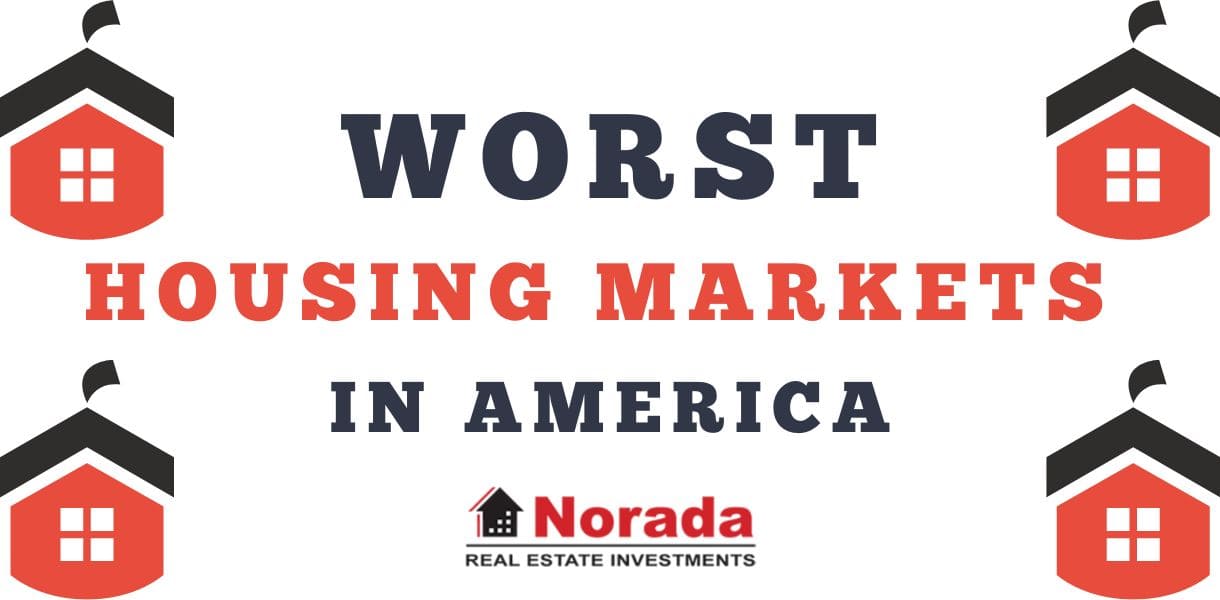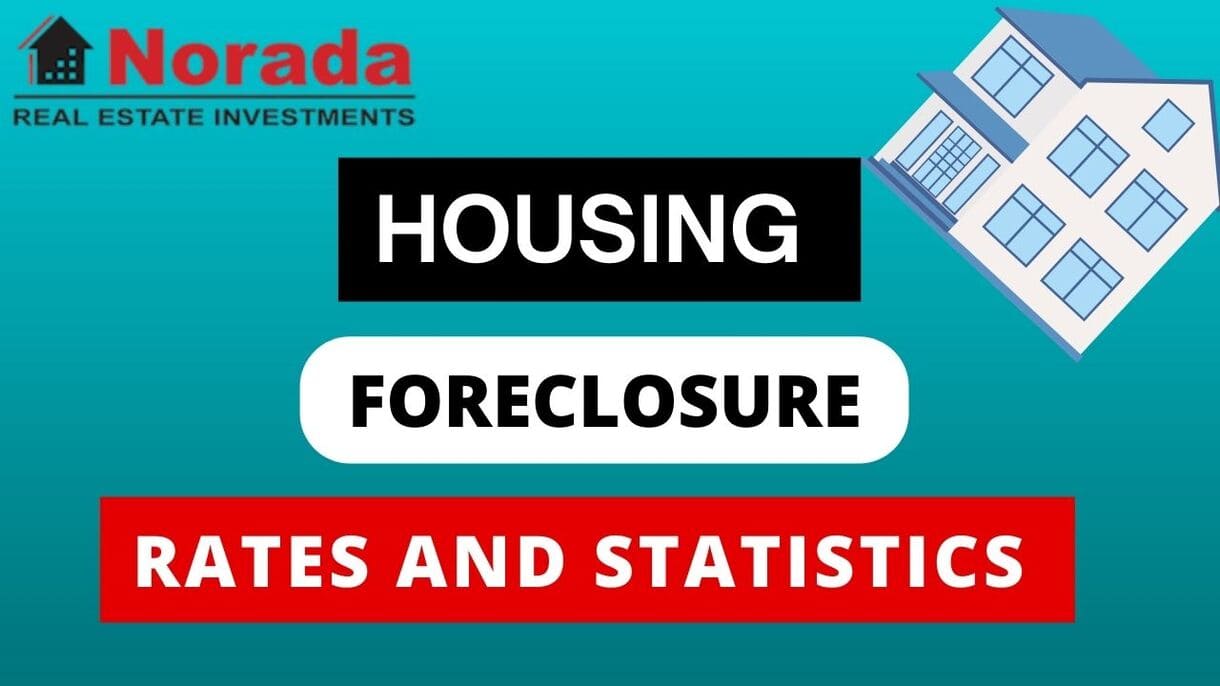It’s official: the US housing market has hit an all-time high, soaring to a staggering $55.1 trillion. This isn't just a number; it represents the collective equity and value tied up in the homes of millions of Americans. While reaching this record is a significant milestone, the story behind it is far more complex, revealing a fascinating shift in where wealth is being created and the underlying forces driving these changes.
I’ve spent a good number of years watching the housing market, and I can tell you, this latest valuation is a big deal. It’s a testament to the enduring appeal of homeownership in America and the massive wealth it can generate. But like any market, especially one as fundamental as housing, it’s not always about straight upward lines.
What’s truly compelling about this $55.1 trillion figure is the dynamic story it tells: a tale of massive growth since 2020, yet a noticeable cooling in the last year, with different regions experiencing very different fortunes. It’s a market that continues to evolve, and understanding these nuances is key for anyone who owns a home, is looking to buy one, or simply wants to grasp the pulse of the American economy.
US Housing Market Soars to a Staggering $55.1 Trillion in Collective Equity
A Deep Dive into the Numbers: What $55.1 Trillion Really Means
Let’s break down this colossal figure released by the new Zillow analysis. The U.S. housing market’s total value has ballooned by an impressive $20 trillion since the beginning of 2020. That’s a monumental surge, driven by a perfect storm of low interest rates, increased demand for space during the pandemic, and a general shortage of homes. However, the most recent annual data, showing a gain of a more modest $862 billion, signals a change in pace.
This doesn’t mean the market has crashed; far from it. It simply suggests that the frenzied growth we saw during the height of the pandemic has tempered. Higher borrowing costs and lingering affordability challenges have started to cool buyer enthusiasm in some areas, leading to a more measured, albeit still positive, appreciation.
The Great Divide: States Gaining and Losing Ground
What’s particularly fascinating is the geographical divergence in these market shifts. While the national picture is one of record highs, seven states have actually seen their housing markets lose value over the past year. The biggest declines were observed in:
- Florida: -$109 billion
- California: -$106 billion
- Texas: -$32 billion
These are significant drops, especially for states that were pandemic boomtowns. My take on this is that these areas, particularly Florida and parts of Texas, saw incredible price appreciation during 2020-2022. As interest rates climbed, buyers who might have pursued those “dream homes” in warmer climates or with more space found them increasingly out of reach. Additionally, rising insurance costs in hurricane-prone areas like Florida could also be a contributing factor to the dip in home values.
On the flip side, a significant portion of the nationwide gains came from unexpected places. New York alone accounted for about a quarter of the national growth, adding a remarkable $216 billion to its housing market value in the past year. This northeast revival is something I’ve been watching closely. It suggests that the appeal of established markets, perhaps coupled with a return to office or a desire for different amenities, is reasserting itself.
Other states that saw substantial gains include:
- New Jersey: +$101 billion
- Illinois: +$89 billion
- Pennsylvania: +$73 billion
This geographic rotation is a crucial insight. It signals a potential shift away from the “Sun Belt” states that dominated during the pandemic and a renewed strength in some of the older industrial and urban centers of the Northeast and Midwest.
New Construction: A Vital Spinoff in Wealth Creation
The Zillow analysis also highlights the critical role of new construction in shaping housing wealth. Since early 2020, new homes have added $2.5 trillion in housing value, representing about 12.5% of the total national gain. This is huge. For me, this underscores a fundamental truth about housing markets: scarcity drives up prices, but new supply can alleviate that pressure and, importantly, create new avenues for wealth building.
States like Utah, Texas, Idaho, and Florida, which saw massive demand during the pandemic and were also hotbeds for building, benefited greatly from this new construction. It helped them absorb some of the demand and rebalance their markets.
Economist Orphe Divounguy from Zillow put it perfectly: “New construction opened the door for many first-time homeowners, creating trillions in wealth that didn't exist five years ago.” I couldn't agree more. New homes don't just add to the total value; they provide opportunities for those who were priced out by the existing, rapidly appreciating market. My experience tells me that while existing homeowners often benefit the most from market surges, it's the new builds that truly expand the pie and offer a pathway for new families to enter the ownership ladder.
However, the flip side of this coin is also important. While new construction is crucial for affordability, the chronic housing deficit that fueled the price run-up still persists in many areas. As Divounguy noted, the challenge is that “housing deficits that sent prices soaring left behind many aspiring first-time buyers.” This is the ongoing affordability crisis that building more homes is essential to solving.
The “$1 Trillion Club”: Giants Facing Shifting Tides
Nine major metropolitan areas in the U.S. boast housing markets valued at over $1 trillion. These economic powerhouses collectively hold nearly a third of the nation's total housing wealth. The titans of this club include:
- New York ($4.6 trillion)
- Los Angeles ($3.9 trillion)
- San Francisco ($1.9 trillion)
- Boston ($1.3 trillion)
- Washington, D.C. ($1.3 trillion)
- Miami ($1.2 trillion)
- Chicago ($1.2 trillion)
- Seattle ($1.1 trillion)
- San Diego ($1 trillion)
These are the epicenters of American economic activity and housing value. However, the recent data indicates that their dominance in terms of recent gains might be waning. Excluding New York, which was the standout gainer with a $260 billion increase, the other eight of these trillion-dollar metro areas actually collectively lost $18 billion over the past year.
This is a significant observation. It suggests that while these cities remain immensely valuable, the rapid appreciation might be slowing or even reversing in some of them, while smaller markets are now playing a more prominent role in the nationwide appreciation. Factors like the continued appeal of remote work, coupled with affordability challenges in these major hubs, are likely reshaping where Americans choose to live and invest, thus redistributing some of the housing wealth growth across the country.
Looking Ahead: What Does This Mean for You?
The US housing market reaching a record $55.1 trillion is a positive indicator for the overall health of the economy and for homeowners’ balance sheets. It reflects years of steady demand and, in many places, limited supply. However, the recent slowdown in appreciation and the regional shifts are important signals to pay attention to.
Several key takeaways emerge from this data:
- Market Normalization: The days of hyper-growth might be over for now. Expect a more balanced market where prices appreciate more slowly.
- Location, Location, Location (Still Matters, but Differently): While major metros remain valuable, consider the growth patterns in secondary and tertiary markets, which may offer more affordability and potential for future appreciation.
- New Construction is Key: To combat affordability issues, continued investment in and construction of new homes is paramount.
- Your Home as an Investment: For many, their home is their largest investment. Staying informed about local market trends and understanding the broader economic forces at play is crucial for managing this significant asset.
From my perspective, this record valuation isn’t just about the total dollar amount, but about the resilience and adaptability of the American housing market. It demonstrates its ability to generate wealth, even as it navigates economic headwinds like inflation and rising interest rates.
The rotation from pandemic boomtowns to areas like New York and parts of the Midwest is a dynamic shift that reflects changing lifestyle preferences and economic realities. While some states and metros are experiencing a dip, the overall strength of the market, bolstered by new construction and sustained demand in many areas, indicates a healthy, albeit evolving, residential real estate sector.
It’s an exciting time to be observing the housing market, and understanding these subtle shifts is how we can make informed decisions, whether we're buying, selling, or simply holding onto our most significant asset.
Invest in Real Estate in the Top U.S. Markets
Discover high-quality, ready-to-rent properties designed to deliver consistent returns.
Contact Norada today to expand your real estate portfolio with confidence.
Contact our investment counselors (No Obligation):
(800) 611-3060
Also Read:
- 4 States Dominate as the Riskiest Housing Markets in 2025
- Housing Market Predictions: Home Prices to Drop by 0.9% in 2025
- Housing Market Predictions 2025 by Norada Real Estate
- Housing Market Predictions 2025 by Warren Buffett's Berkshire Hathaway
- Will the Housing Market Crash in 2025: What Experts Predict?
- Housing Market Predictions 2026: Will it Crash or Boom?
- Housing Market Predictions for the Next 4 Years: 2025 to 2029
- Real Estate Forecast: Will Home Prices Bottom Out in 2025?
- Real Estate Forecast Next 5 Years: Top 5 Predictions for Future
- Will Real Estate Rebound in 2025: Top Predictions by Experts
- Real Estate Forecast Next 10 Years: Will Prices Skyrocket?





